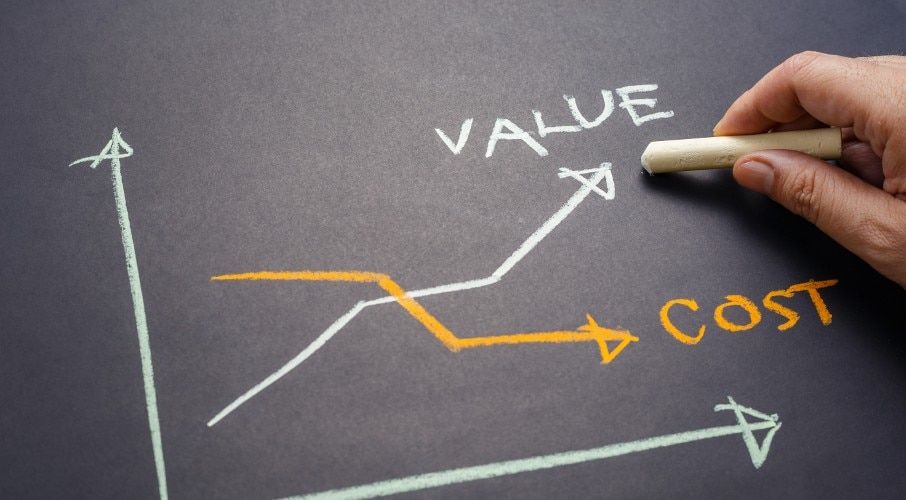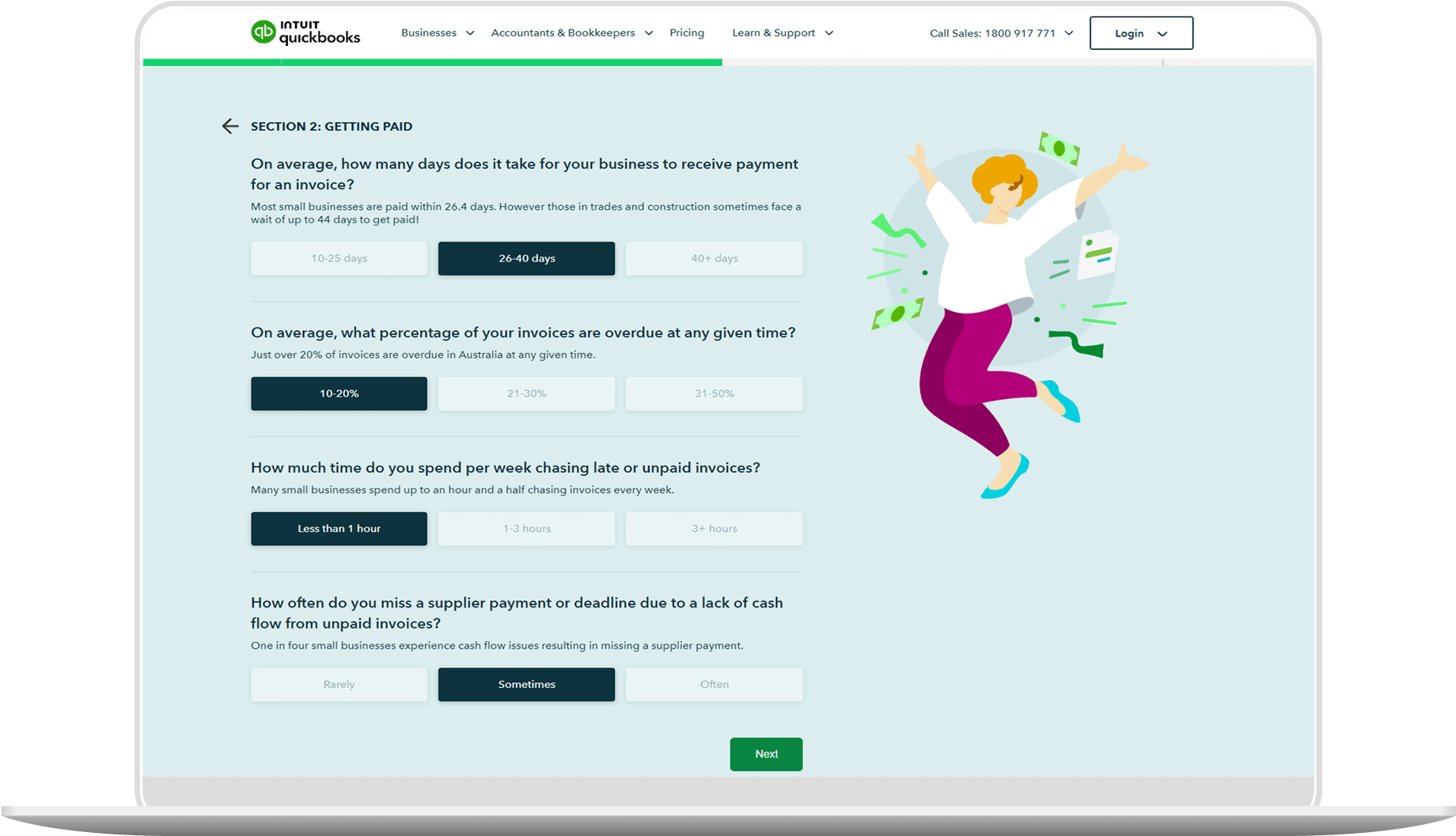In this article, you will learn:

What are Operating costs: Definition, formula, and example
Operating costs form a substantial portion of the total production expenses. So, to manage such costs, manufacturing units have to adopt operational cost reduction strategies. These include utilising specialised machinery and equipment and evaluating alternatives to machinery.
Thus, as a manufacturer, you need to manage operating expenses. This can be done in a way that you achieve desired returns and efficiency.
Accordingly, you must evaluate how much capital to invest in machinery and the size and capacity of the machinery to be installed. Besides this, you must consider alternatives like leasing of machines, custom hiring, etc.
Such decisions need to be made before acquiring machinery. For this, you need to work out the costs of operating and owning the machinery.
In this article, we are going to talk about the operating costs definition, operating costs formula, and calculation.
What are operating costs?
Operating cost refers to the costs incurred in maintaining the day-to-day operations of your business. These include operating expenses like:
- Rent
- Inventory costs
- Equipment
- Insurance
- Payroll
- Marketing
- Other overhead costs
However, operating costs do not include non-operating expenses. This is because these are not related to the core operations of your business. Examples of non-operating expenses include interest charges, loss on the sale of assets, cost of investments, etc.
Thus, you need to deduct operating expenses from total business revenue to compute the operating income of your business. Operating income is simply the income generated from your business’s ongoing operations.
Operating costs are reflected in the income statement after calculating the gross income. These are deducted from your gross income to calculate your business’s net income. Net income is the last item appearing on your company’s income statement.
Formula for calculating operating costs
The formula for operating costs
To determine the operating cost, refer to your income statement for a given accounting period. Then, use the following formula to calculate operating cost:
COGS is also known as Cost of Sales. It includes all the expenses that are directly associated with the production of goods or services. Accordingly, COGS includes the following expenses:
- Direct material costs
- Direct labour costs
- Rent of plant and machinery
- Wages
- Repair costs
- Utility costs
- Taxes
On the other hand, operating expenses are the costs that you incur in normal business operations. These costs are not accounted for in the COGS. Therefore, operating expenses do not form part of the Cost of Sales. This is because these are not directly linked to the production of goods or services.
Accordingly, operating expenses include Selling, General, and Administrative Expenses. Thus, operating expenses include:
- Inventory costs
- Advertising and marketing
- Payroll
- Research and Development
- Insurance premiums
- Rent
- Equipment
Calculating operating costs
To calculate operating cost, you first need to determine the Cost of Goods Sold (COGS).
COGS = Opening Stock + Purchases + Direct Expenses – Closing Stock
Then, calculate the total operating expenses, as mentioned above. Finally, add COGS and operating expenses to determine the total operating costs of your business.
Deciphering operating costs
It is important to keep track of your business’s operating costs and non-operating costs. This helps you in analysing how each of the costs is linked to your business’s revenue-generating activities. Further, it also helps you gauge how efficiently you are running your business.
For instance, it can help you decide whether to hire more employees. This is possible only if you know how much your business spends on staff salaries.
So, you might observe a short-term gain, but suffer loss in the long-term if you lay off too many employees. You will always pursue business operations to maximise business earnings. These earnings depend on the amount of business revenue generated and expenses incurred to operate the business.
Accordingly, there can be two possibilities to increase your business earnings. You can either increase your business revenue or reduce your operating cost.
Typically, you first resort to cutting down your business operating cost. This is because it seems an easy and approachable way of increasing your business profits. However, you must note an important thing here. Reducing your operating costs to a greater extent can negatively impact your business productivity and overall profit.
Though, your business profits increase in the short-term if you choose to reduce specific operating costs. However, such a decision can impact your business earnings in the long-run.
For instance, laying off specific salespeople may increase your short-term profits. However, it will reduce your capacity to generate new business and hurt your earnings in the long-term.
The ideal situation is keeping your business operating costs to the minimum. But, at the same time increasing sales.
Components of operating costs
Generally, business operating costs are divided into two categories. These include fixed cost and variable cost.
Fixed costs
Fixed costs are the costs that do not change with the change in the level of output of goods or services. This means that such costs remain constant with an increase or decrease in the volume of output.
Your business has to pay fixed costs irrespective of any specific business activity. Both fixed and variable costs together result in the total costs of your business operations.
As a business owner, you determine the fixed costs via contract agreements or cost schedules. These are the foundational costs incurred to carry out your business operations.
Furthermore, fixed costs do not change over the life of a contract agreement or cost schedule.
For instance, your initial fixed costs would include the rent of the manufacturing premises and employee salaries. This is if you start a new business. Thus, you keep a regular check on the fixed cost contracts as a business owner. This is because the fixed costs may change over a period of time. This happens when you enter into new contractual agreements. Or prepare new cost schedules. However, fixed costs do not change with the change in the level of production.
Examples of fixed costs include:
- Salaries
- Lease rentals
- Depreciation
- Interest expense
- Insurance
- Property taxes
- Certain utilities
Impact of fixed costs on financial statements
Fixed costs can decrease on a per unit basis if your business produces large quantities of goods. Thus, fixed costs can contribute towards economies of scale to a greater extent. Further, fixed costs can be either direct or indirect. Direct fixed costs could include costs like direct labour or rent. Whereas, indirect fixed costs may include depreciation
In addition to depreciation, salaries are another fundamental indirect fixed cost. Besides this, your business may also incur interest charges as fixed costs.
Further, fixed costs in your income statement also reflect on your balance sheet and cash flow statement. The fixed costs on your balance sheet may either reflect your short-term or long-term liabilities. Whereas fixed charges paid in cash get reflected in your company’s cash flow statement.
Besides considering fixed costs, your business will keep a track of its cost structures through cost statements. These statements help you in understanding the fixed and variable costs of your business. And how these costs impact different aspects of your business.
Variable costs
Variable costs refer to the cost that changes with the change in the level of the output. This means variable costs increase or decrease with the change in the level of production.
Variable costs increase with the increase in the level of output. Whereas, these costs decrease with the decrease in the level of the output.
Examples of variable costs include:
- the cost of raw material, packaging
- utility costs
- direct labour cost
- sales commission, etc.
Now, the per-unit variable cost of production remains constant for a given level of output. But the per-unit variable costs increase as the volume of output increases.
Likewise, the per-unit variable costs decrease with the decrease in the level of output. Thus, you can calculate the total variable cost of your business operations. This is one by multiplying the quantity of output with variable cost-per-unit of output.
Remember, you have to incur the fixed costs, whether your business makes sales or not.
A real-world example
The following is the income statement of Microsoft Inc. for the year ended June 30, 2020.
Microsoft reported total revenue of $143.015 million for the period
- Total COGS or Cost of Revenue was $46.078 million
- Total operating expenses for Microsoft during the accounting period amounted to $43.978 million
- Therefore, the total operating cost for Microsoft for the year ended June 30, 2020, is $46.078 million + $43.978 million = $90.056 million
Hence, the total operating cost of Microsoft Inc. must be analysed over different quarters. This is to understand whether Microsoft Inc. is managing its operating costs effectively or not. In addition to this, investors can also access Microsoft’s operating expenses and Cost of Sales independently. This will help them to know if costs are increasing or decreasing over a period of time.
What are operating expenses?
Operating expenses refer to the expenses that your business incurs over the normal course of its operations. These include inventory costs, rent, marketing, payroll, research, and development, etc.
So as a business owner, it is important for you to monitor the operating expenses of your business.
This is to determine the ways in which you can reduce such expenses while still remaining competitive in the market.
Understanding operating expenses
Generally, operating expenses are the expenses that your business has to incur mandatorily. You can reduce your operating expenses to remain competitive in the market and increase your profits.
However, doing so may have an impact on the quality of your business operations. Thus, you need to reduce operating expenses without compromising quality. Doing so would yield significant benefits.
Capital expenses
Capital expenses are separate from your business’s capital expenses. These expenses refer to the money invested in purchasing tangible or intangible fixed assets. Examples of tangible assets include purchasing office furniture, factory, equipment, and other physical capital assets. Whereas the intangible fixed assets include copyright, patent, trade mark, intellectual property, etc.
Capital expenses vs. operating expenses
Capital expenses are treated differently than operating expenses. Operating expenses are the expenses that you incur as a business mandatorily. This is because such expenses help you to carry out business operations.
Also, you can write off the total operating expense for the year in which you incur such an expense. For instance, say your business invests $50,000 in the form of employee salary. Now, you can write off the entire expense over the accounting year 2020. That is the year in which such an expense is incurred.
However, the amount you invest in capital assets like plant and machinery needs to be capitalised. That is you need to write off such expenses over a period of time.
Say you invest $200,000 in plant and machinery. You need to write off such capital expenses over the useful life of the plant and machinery.
Operating expense vs. non-operating expense
As mentioned earlier, operating expenses are the expenses directly related to your business’s core operations. These include marketing, payroll, marketing costs, rent, etc.
However, non-operating expenses are the expenses incurred for reasons not related to the core operations of your business. These expenses include interest charges, costs of relocation, loss on sale of assets, etc. These also include unusual costs or one-time charges. For instance, if your business undergoes reorganisation due to bankruptcy. Or you are required to pay any lawsuit charges. All of these are one-time costs and form a part of the non-operating expenses.
Non-operating expenses appear below the operating expenses in your income statement. The very reason is to allow you to assess the core operations of your business. Thus, your company’s revenue is the first item that appears on the income statement. Then, you deduct COGS from revenue to determine your company’s gross income.
You then subtract all the operating costs of your business from the gross income to calculate operating profit. Following this, you record all the non-operating expenses below the operating profit in the income statement. You then deduct all the non-operating expenses from operating profit to calculate Earnings Before Taxes (EBT). Finally, you reduce taxes from EBT to arrive at your Net Income.
Operating expenses on income statements
Operating expenses are showcased in your company’s income statement. You record your business’s income or expenses to determine its capacity to generate profits. Further, your income statement groups the expenses into different categories. These categories include:
- COGS
- Selling, general, and administrative expenses
- Depreciation and amortisation
- Other operating expenses
- Interest expense
- Income taxes
Therefore, all the above expenses excluding income taxes and interest are your business’s operating expenses.
While every care has been taken to ensure the accuracy of the information presented as at 01 May 2023, Intuit is not providing you with professional advice and we recommend you obtain your own professional advice. Intuit is not liable for your use of the information presented.
Related Articles
Looking for something else?

TAKE A NO-COMMITMENT TEST DRIVE
Your free 30-day trial awaits
Our customers save an average of 9 hours per week with QuickBooks invoicing*
By entering your email, you are agree to our Terms and acknowledge our Privacy Statement.















